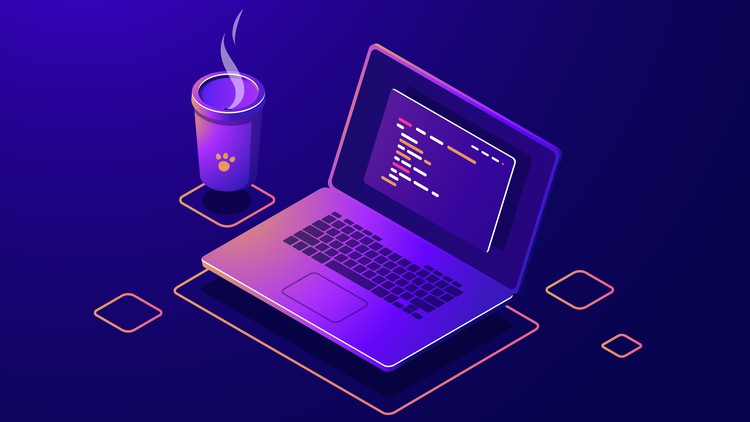
Master Python programming in a cloud development environment
☑ Python basics
☑ Numpy
☑ Pandas
☑ Matplotlib
☑ Different types of arrays
☑ Loops, Conditions and Functions
☑ How to join, split and re-shape arrays
Python is a high level dynamic programming language founded in 1991. The inspiration for the name ‘Python’ was from the comedy television show Monty Python’s Flying Circus. Today, Python is a very popular programming language which is extensively used in many organizations around the world and is one of the top programming languages in the software industry today.
Notably, Python has emerged as the No. 1 Programming language of choice for artificial intelligence, data science, machine learning and deep learning requirements.
Hence, learning python has become a necessity for those aspiring for a career in software industry and for those who are already in the IT industry. Even if you are new to programming, this course is a good starting point.
Cloud based development environment – Google Colab
A key aspect of the course is the use of google cloud based development environment – colab. As more and more companies embrace cloud in a big way, it has become imperative for programmers to gain knowledge and expertise to code in cloud.
The course covers the following concepts:
· Variables
· Operators
· Conditional statements
· For and While Loops
· Functions
· Four types of Arrays – List, Tuple, Set and Dictionary
· NumPy
· In NumPy, we will cover, how to shape arrays, iterate arrays, joining arrays, splitting arrays, searching arrays and sorting arrays.
· Pandas
· We will also explain data analysis using pandas
· Data visualization using matplotlib.
But what are the features that make Python so easy to use?
One of the biggest advantages Python has over other programming languages is its readability and large standard library that makes coding easier. It is portable and interactive across various operating systems and has user friendly data structures that can be easily implemented. Moreover, Python also supports object oriented programming and has applications that varies across several different fields.
Applications of Python
Python’s popularity has made it a very useful tool to develop many applications. The wide selection of libraries and frameworks available makes it one very useful in the field of data analysis and machine learning. These libraries can be used for various purposes such as natural language process, speech synthesis, complex data analysis and so on. Python is also used in prototyping and scripting which helps in the development of embedded applications. Thus, the popularity of python is greatly beneficial for applications that require easier code maintenance and efficient versatility.
English
Language
Introduction
Introduction
Introduction to Colab: Google Cloud Development Environment
Introduction to Colab: Google Cloud Development Environment
Getting Started with Python
Getting Started with Python
Variables
Variables
Operators
Operators
Conditions
Conditions
Loops
Loops
Functions
Functions
Arrays
Arrays
List
List
Tuple
Tuple
Set
Set
Dictionary
Dictionary
Getting Started with NumPy
Getting Started with NumPy
NumPy: Shape in Arrays
Shape in Arrays
NumPy: Iterating Arrays
NumPy: Iterating Arrays
NumPy: Joining Arrays
NumPy: Joining Arrays
NumPy: Splitting Arrays
NumPy: Splitting Arrays
NumPy: Searching and Sorting Arrays
NumPy: Searching and Sorting Arrays
Getting Started with Pandas
Getting Started with Pandas
Data analysis using Pandas
Data analysis using Pandas
Functions
Data Visualization using Matplotlib